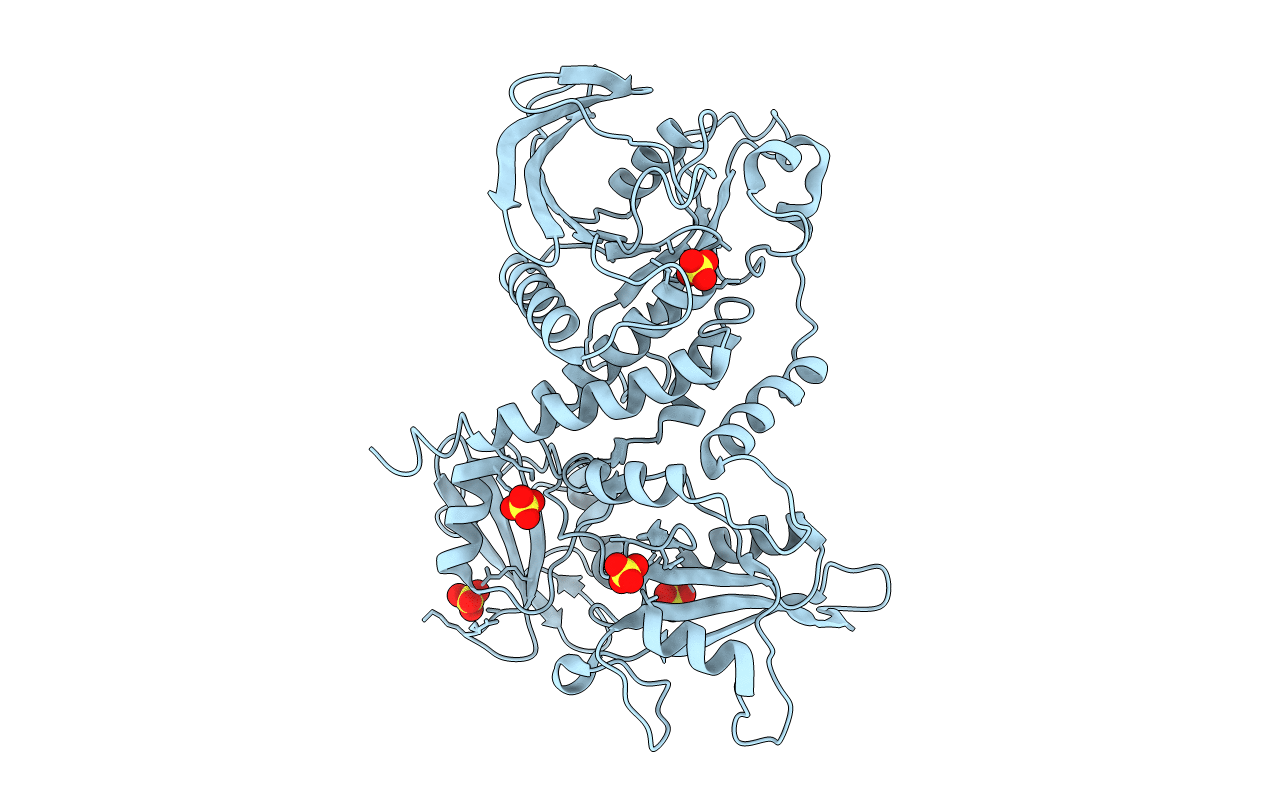
Deposition Date
2010-11-30
Release Date
2011-04-20
Last Version Date
2023-09-06
Entry Detail
PDB ID:
3PS5
Keywords:
Title:
Crystal structure of the full-length Human Protein Tyrosine Phosphatase SHP-1
Biological Source:
Source Organism:
Homo sapiens (Taxon ID: 9606)
Host Organism:
Method Details:
Experimental Method:
Resolution:
3.10 Å
R-Value Free:
0.27
R-Value Work:
0.22
R-Value Observed:
0.22
Space Group:
H 3 2


